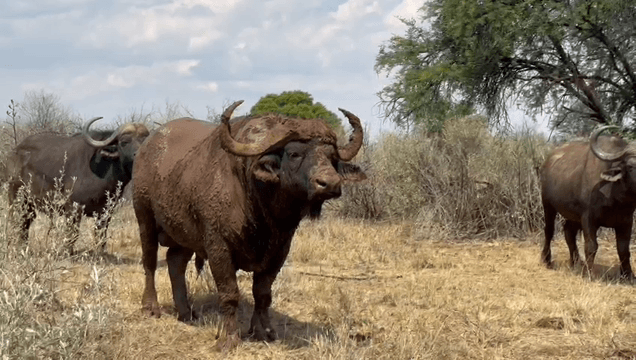
Driven Hunts in South Africa: A Hunter's Guide South Africa's diverse landscapes and abundant wildlife make it a prime destination for hunters worldwide. While spot-and-stalk methods are popular, dri
Post: 27 February 19:57

Post: 27 February 19:57

Post: 28 August 10:18

Post: 1 September 07:14

Post: 23 November 11:50

Post: 7 February 21:54

Post: 18 February 12:14

Post: 8 June 13:18

Post: 24 July 20:47

Post: 8 March 23:17

Post: 26 February 09:57

Post: 22 July 06:46

Post: 24 July 14:45

Post: 22 November 11:15

Post: 25 July 16:16

Post: 7 July 15:43

Post: 28 July 09:14

Post: 7 February 09:57

Post: 30 July 10:39

Post: 23 January 09:40

Post: 24 July 15:11

Post: 28 August 09:05

Post: 25 July 11:02

Post: 21 July 19:02

Post: 23 June 10:51

Post: 25 July 19:18

Post: 21 July 19:04

Post: 10 July 21:26

Post: 29 August 13:19

Post: 16 June 12:37

Post: 28 July 07:27

Post: 18 July 21:41

Post: 25 July 11:04

Post: 27 June 08:39

Post: 25 July 19:53

Post: 1 September 08:43

Post: 31 July 18:56

Post: 29 July 10:20

Post: 27 August 09:32

Post: 18 July 11:15

Post: 3 May 09:14

Post: 14 March 10:45

Post: 10 June 18:49

Post: 24 July 11:00

Post: 28 August 13:05

Post: 28 August 13:05

Post: 23 July 20:17

Post: 7 August 10:45

Post: 25 July 13:14

Post: 25 July 14:43

Post: 16 May 08:54